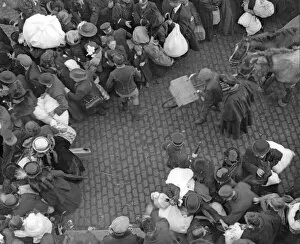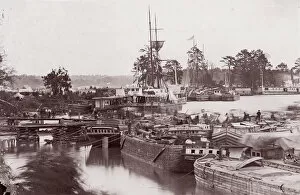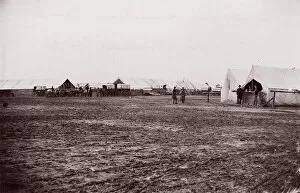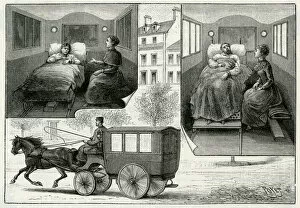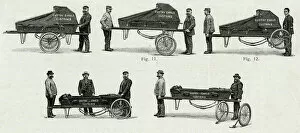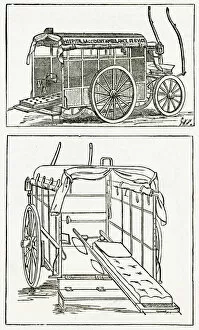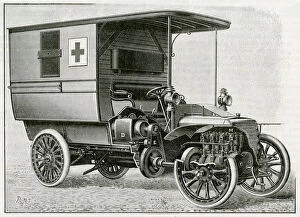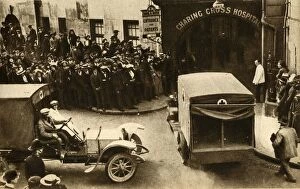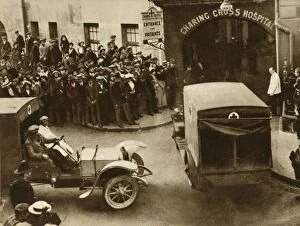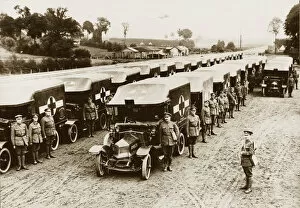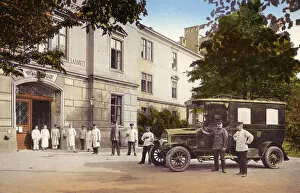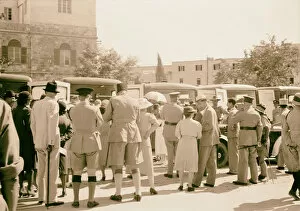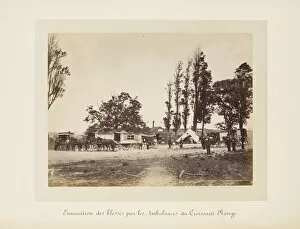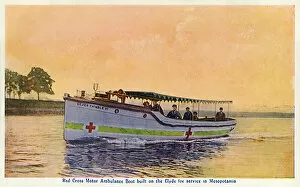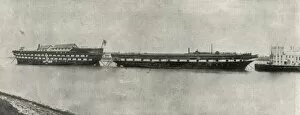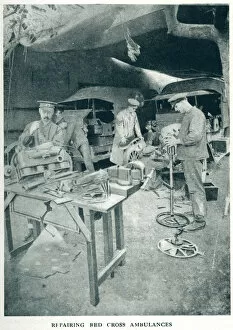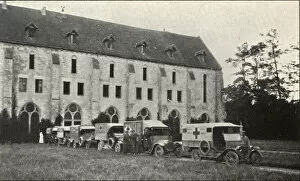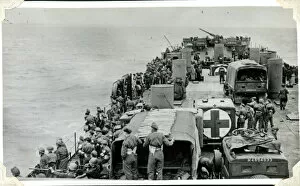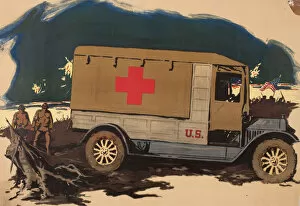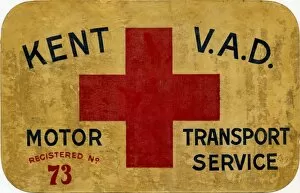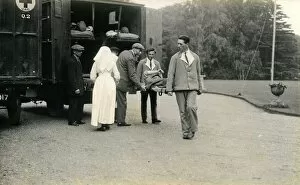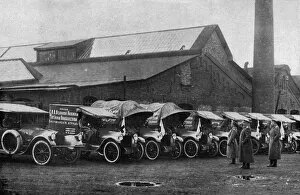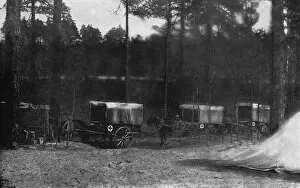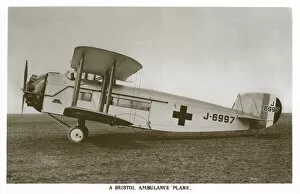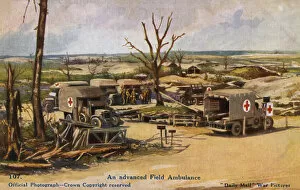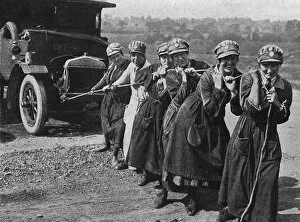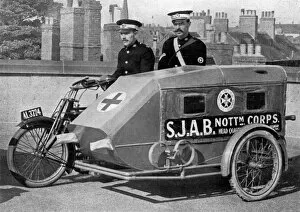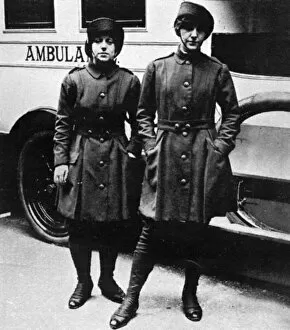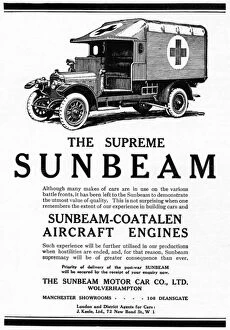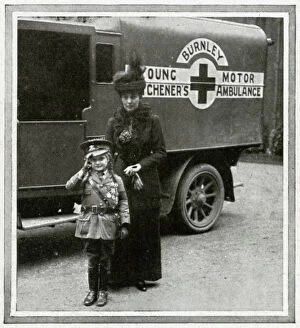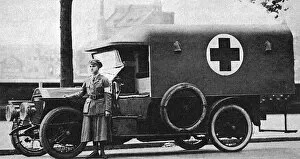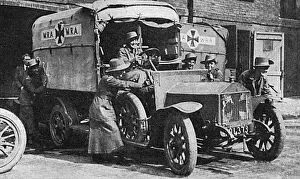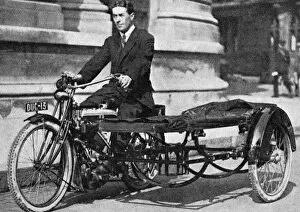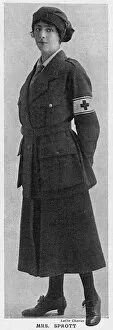Ambulances Collection (#2)
During times of crisis and conflict, they have been a beacon of hope and salvation
For sale as Licensed Images
Choose your image, Select your licence and Download the media
During times of crisis and conflict, they have been a beacon of hope and salvation. From the bomb damage in Brampton Road, Bexleyheath during World War II to the multi-service emergency vehicles that tirelessly serve our communities today, these life-saving machines have evolved over time. Step inside the MAB First Ambulance Interior and witness the dedication of medical professionals who work tirelessly to save lives. The brave women of the First Aid Nursing Yeomanry (FANY) fearlessly ventured into war zones, providing aid to those in need. Innovations like the Vickers Vernon RAF air ambulance revolutionized emergency medical services by swiftly transporting injured soldiers from battlefields. Even before this, a travelling X-ray car played a crucial role in diagnosing injuries during World War I. The iconic Red Cross poster from World War I reminds us of their tireless efforts on both home fronts and battlefields. Meanwhile, at Massaponax Church in Virginia on May 21st, 1864, General Grants Council of War strategized how best to utilize ambulances for wounded soldiers during the American Civil War. Not only humans but also animals benefited from ambulances as seen with specialized horse ambulances deployed during World War One. These noble creatures received care alongside their human counterparts. From WWI Red Cross ambulances to heartwarming L. C. C. Ambulance Christmas cards sent out during WWII, these images remind us that even amidst darkness and despair there is always compassion and support available for those in need. Even beyond wars, such as during the Spanish Civil War (1936-1939), generous individuals donated ambulances to provide vital assistance where it was most needed and can not just vehicles; they represent humanity's unwavering commitment towards preserving life when it matters most – regardless of time or place.

